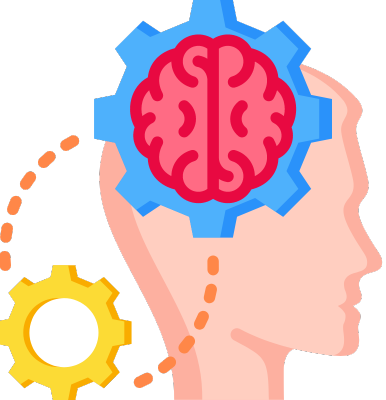How to face the Reading Test

Test Structure Overview
IELTS Academic Reading
- Duration: 60 minutes (including answer transfer time)
- Sections: 3 passages (2,150–2,750 words total) from academic sources (books, journals, newspapers)
- Passage Types: Descriptive, factual, discursive, or analytical texts. At least one includes a detailed logical argument
- Difficulty: Increases progressively, with Section 3 being the most complex
- Question Types: 40 questions testing skills like skimming, scanning, and critical analysis
IELTS General Training Reading
- Duration: 60 minutes (no extra transfer time)
- Sections:
- Section 1: Short texts (e.g., notices, advertisements)
- Section 2: Work-related texts (e.g., job descriptions, training materials)
- Section 3: One long, complex text on general interest (e.g., newspapers, magazines)
- Question Types: 40 questions focusing on everyday and workplace contexts
Key Question Types & Skills Tested (Common to Both Formats)
| Question Type | Description | Skill Tested |
| Multiple Choice | Choose 1+ correct answers from options | Detailed/general understanding of text |
| True/False/Not Given | Determine if statements match the text’s information | Recognizing specific facts |
| Yes/No/Not Given | Assess if statements align with the writer’s views | Identifying opinions or claims |
| Matching Headings | Match headings to paragraphs/sections | Understanding main ideas vs. supporting details |
| Matching Features | Link statements to a list of options (e.g., names, theories) | Recognizing relationships between facts |
| Sentence/Summary Completion | Fill gaps using words from the text or a provided list | Extracting specific details and vocabulary |
| Diagram Label Completion | Complete labels based on a text’s description | Visual interpretation and detail identification |
Core Strategies for Success
A. Time Management
- Allocate Time Wisely: Spend 20 minutes per section (Academic) or adjust based on General Training’s increasing difficulty
- Prioritize Easier Questions: Tackle question types you’re confident in first (e.g., True/False before Matching Headings)
B. Active Reading Techniques
- Skimming: Read quickly for main ideas (e.g., topic sentences)
- Scanning: Locate keywords (dates, names) for specific answers
- Paraphrasing: Identify synonyms (e.g., “affordable” vs. “low-cost”)
C. Answer Precision
- Follow Word Limits: Exceeding word counts (e.g., “NO MORE THAN TWO WORDS”) loses marks
- Check Spelling/Grammar: Errors cost marks; write in CAPITALS to minimize mistakes

Common Mistakes To Avoid
- Misinterpreting “Not Given”: Differentiate between “False” (contradicts text) and “Not Given” (no information)
- Mistake: “I have seen him yesterday.”
- Correction: “I saw him yesterday.” (Past Simple for a specific time in the past)
- Overcomplicating Answers: Stick to the text—avoid assumptions or external knowledge
- Ignoring Instructions: E.g., selecting multiple answers when only one is required
- Mistake: Using Present Simple for everything. “Last year, I study in London.”
- Correction: “Last year, I studied in London.” (Past Simple for completed action)
Practice Exercises
- Timed Practice Tests: Complete the tests provided to simulate exam conditions
- Error Analysis: Review your answers at the end with the answers provided
- Vocabulary Drills: Focus on academic terms (e.g., “hypothesis”) and everyday phrases (e.g., “terms and conditions”)
- Question-Type Focus: Dedicate sessions to mastering tricky formats (e.g., Matching Headings)
Differences Between Academic & General Training
| Aspect | Academic Reading | General Training Reading |
| Text Sources | Journals, academic books, research papers | Notices, ads, workplace documents |
| Complexity | Higher lexical density and abstract concepts | Practical, everyday language |
| Purpose | Assess readiness for higher education | Test survival English in social/work contexts |

Final Tips
- Academic Focus: Practice analyzing graphs/diagrams in texts
- General Focus: Build speed with short-answer questions in Section
